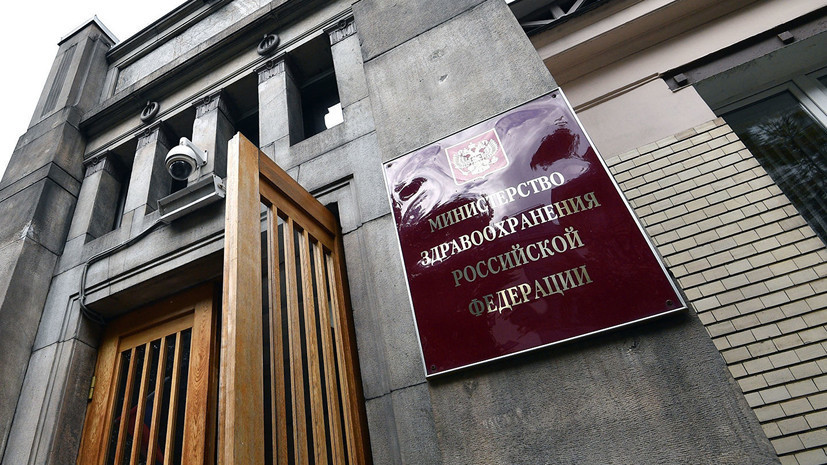In 2013, there were 62.3 thousand such patients, in 2018 - 82.2 thousand.
The highest incidence rate last year was recorded in St. Petersburg (117 cases per 100 thousand people). Next come the Lipetsk region (101 cases), the Tula region (98.1 cases) and the Pskov region (96.6 cases).
The smallest cases per 100 thousand people were recorded in Tuva (7.1), Chechnya (9.5), the Jewish Autonomous Region (13.6), Dagestan (18) and Ingushetia (19.1).
According to neurologist Yana Vlasova, president of the All-Russian Public Organization of Disabled Persons with Multiple Sclerosis, the increase in the number of patients with this disease is associated with improved detection and effective early diagnosis.
“The number of patients with this pathology has an average increase in Russia of 7% per year. Many of them are identified through the introduction of new medical technologies. By 2018, the creation of a complex for early diagnosis in the country, we can say, has become close to optimal. Now all groups of drugs for the treatment of this disease are available in Russia, ”the expert explained.
Multiple sclerosis is a chronic autoimmune disease in which the membranes of the brain and spinal cord are affected.
Earlier, the Ministry of Health reported that in Russia over the past five years the number of patients with gastritis (inflammation of the stomach) and duodenitis (inflammation of the duodenum) has increased.

